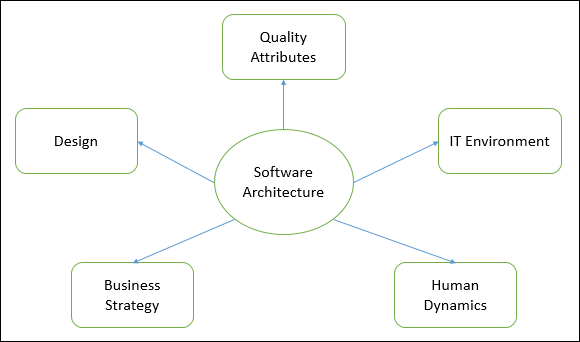Software architecture
What is Software Architecture?
Definition:
Software architecture is the structural design that underlies the development of a software system. It encompasses the high-level structures and patterns that define the system’s components, their relationships, and how they interact. Software architects create a blueprint that guides developers in building a scalable, maintainable, and efficient software solution.
Analogy:
Consider software architecture as the architectural plans for a building. Just as architects design the layout, structure, and interactions within a building to meet specific requirements, software architects devise a plan that outlines the organization and functionality of a software system to fulfill business or user needs.
Further Description:
Software architecture involves several key aspects:
System Components and Modules: Defining the major components and modules that make up the software system and specifying how they interact.
Data Management: Outlining how data is stored, accessed, and managed within the system, ensuring data integrity and efficiency.
Communication Protocols: Determining the methods and protocols for communication between different system components, both within the software and with external systems.
Scalability and Performance: Planning for the system’s ability to handle growth in data, users, or features while maintaining optimal performance.
Security Measures: Incorporating security protocols to protect the system from unauthorized access, data breaches, and other potential threats.
Why is Software Architecture Important?
Maintainability and Extensibility: A well-designed architecture allows for easier maintenance and future expansions, reducing the cost and effort of adapting to changing requirements.
Reliability and Quality Assurance: The architecture sets the foundation for reliable and robust software, minimizing errors, improving testing, and ensuring a high-quality end product.
Collaboration and Communication: A clear architectural plan facilitates effective communication among development teams, stakeholders, and other involved parties.
Cost-Efficiency: Investing time in architectural planning can lead to cost savings by preventing major restructuring later in the development process.
Examples and Usage:
Microservices Architecture: Breaking down a system into small, independent services that communicate with each other, promoting flexibility and scalability.
Model-View-Controller (MVC): A design pattern that separates the application logic into three interconnected components, simplifying development and maintenance.
Service-Oriented Architecture (SOA): Organizing software components as independent services, allowing for better reusability and interoperability.
Key Takeaways:
Structural Blueprint: Software architecture is the structural blueprint for a software system, defining its components, interactions, and overall organization.
Holistic Planning: It involves planning for various aspects, including components, data, communication, scalability, and security.
Importance: Software architecture is crucial for building reliable, maintainable, and efficient software solutions, contributing to long-term success and adaptability.





